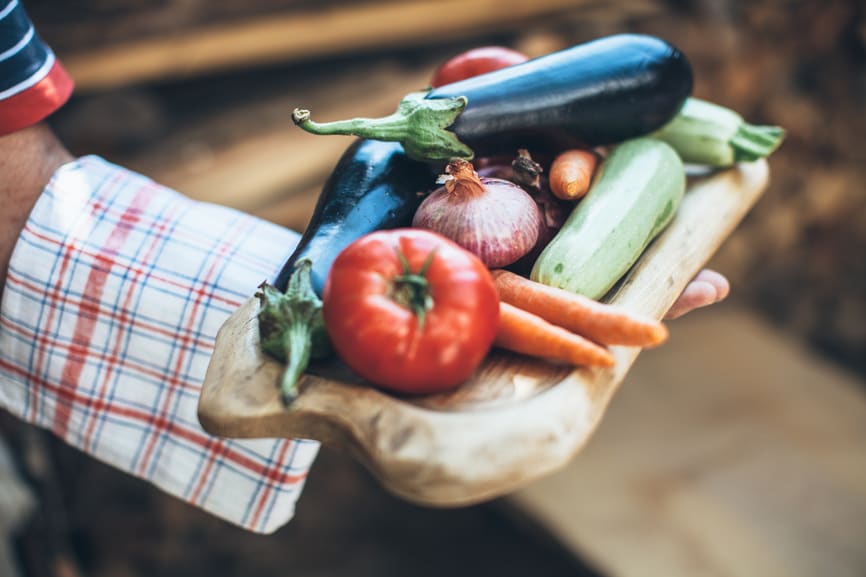What is Schedule F: Profit or Loss from Farming
If you earn a living as a self-employed farmer, you may need to include a Schedule F attachment with your tax return to report your profit or loss for the year. The Internal Revenue Service defines “farmer” in a very broad sense—whether you grow crops, raise livestock, breed fish or operate a ranch.

Key Takeaways
- Schedule F is used to compute the net farming profit or loss that gets reported on Form 1040.
- As a farmer, you can report income and expenses using the cash method, accrual method, or crop method.
- Farming profits to report on Schedule F include money earned from selling crops and livestock, federal disaster payments, money earned through a farming cooperative, and payments from an agricultural program.
- Deductible farming expenses can include the cost of livestock and feed, seeds, fertilizer, wages paid to employees, interest paid on farm-related loans, depreciation to recover a portion of equipment costs, utilities, and insurance premiums.
Are you a cash or accrual farmer?
There are a few ways to report income and expenses from your farming activities.
- Cash method
You report harvest revenue in the year cash is received from buyers and deduct all farming expenses in the year you pay them. - Accrual method
Essentially the opposite of the cash method, in that you record farming income in the year you finalize a sale—even if you don't get paid until the following year—and deduct costs in the year you become liable for payment, regardless of when you actually pay them. - Crop method
You wait until the year you sell your crops to report the related income and expenses on Schedule F, if you obtain IRS approval first.
Farming profits to report on Schedule F
In addition to the money you earn from selling crops and livestock, Schedule F also reports other types of farming income, such as any crop insurance payouts, including:
- federal disaster payments
- money you earn through a farming cooperative
- payments you get from an agricultural program
And if your profits aren't consistent from year to year, the IRS may allow you to spread your current year's farming profits over the last three years so that you don't end up paying high rates of tax in your successful years.
TurboTax Tip:
If you have a profit or a loss, it gets combined with the other non-farming income reported on your return and increases or reduces your taxable income.
Deductible farming expenses
You can deduct the costs you incur that are an ordinary and necessary expense of farming on Schedule F to reduce the profit—or increase the loss—on which you'll owe taxes. Some of the expenses that farmers commonly deduct cover the cost of livestock and feed, seeds, fertilizer, wages paid to employees, interest paid during the year on farm-related loans, depreciation to recover a portion of equipment costs, utilities and insurance premiums.
Wrapping up your Schedule F
Schedule F ultimately computes the net farming profit or loss that gets reported on the designated line of your 1040. If you have a profit or a loss, it gets combined with the other non-farming income reported on your return and increases or reduces your taxable income. When you suffer a net operating loss—meaning you paid more in expenses than you earned for all of your income sources including non-farm income—you can typically use it to offset future farming profit.
Let a local tax expert matched to your unique situation get your taxes done 100% right with TurboTax Live Full Service. Your expert will uncover industry-specific deductions for more tax breaks and file your taxes for you. Backed by our Full Service Guarantee.
You can also file taxes on your own with TurboTax Premium. We’ll search over 500 deductions and credits so you don’t miss a thing.













